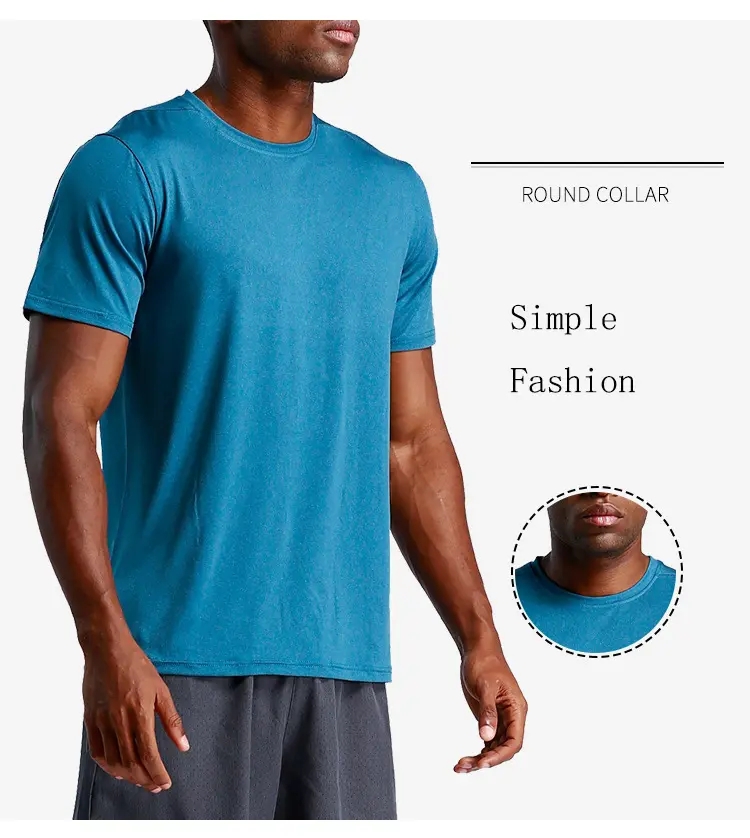Men Base Layer: 90%polyeater 10%spandex, with up to 5% polyester created from recycled plastic
Pull On closure
Equestrian Base Layer Moisture wicking fabric is quick-drying, ultra-soft & has a soft feel, keeping you comfortable through any athletic activity.
Horse Riding Tops Designed for a comfortable experience. Crew-neck provides a nonrestrictive fit; short-sleeve allows for a wider range of motion
Men Base Layer,Long Sleeve Sports Shirts,V-Shape Collar Shirts,Sport Knit Tshirt Guangzhou Muxin Sporting Goods.Ltd. , https://www.muxinsports.com
Imported

Promotion is a widely used sales strategy, especially during the end of the year when various sales models are in place. While this can be overwhelming for consumers, it's crucial for merchants to effectively communicate their promotional information to achieve the intended goals. The key challenge lies not just in launching promotions, but in ensuring that the message reaches the right audience in a timely and impactful way.
On January 6th, while on a business trip, I visited a well-known local shopping mall and noticed that the Jack Jones counter was offering a 50% discount. This was unusual for a brand that typically doesn't engage in such promotions. Despite the significant discount, the foot traffic at the store remained largely unchanged, which raised questions about the effectiveness of the promotion. It appeared that the marketing efforts were not reaching the target audience, leading to wasted resources and diminished confidence in future promotions.
The core issue here is communication. As a regular customer of Jack Jones, I only learned about the promotion through chance, not through any formal announcement. For a promotion to succeed, customers must be aware of it. Many stores rely solely on in-store signage or discount cards, which limits their reach and reduces the overall impact of the campaign.
To enhance the effectiveness of promotions, there are two main approaches: in-store (counter) promotions and single-store promotions. Each has its own set of strategies to ensure maximum visibility and engagement.
First, for in-store promotions, leveraging member databases is essential. While many businesses have membership systems, they often fail to utilize them effectively. Clothing stores, in particular, tend to overlook the potential of their member base. These loyal customers represent a high-potential group that can significantly boost sales if properly targeted.
Merchants should also make full use of the mall’s overall membership data. By collaborating with the mall management, they can send out promotional messages via text, email, or in-store announcements. This approach allows for more efficient and effective outreach.
For example, D Brand, a clothing store located in a high-end department store, successfully increased its sales by targeting specific age groups using the mall’s member database. Through SMS and email campaigns, they reached out to selected members, resulting in a noticeable increase in foot traffic and sales.
Another effective method is three-dimensional communication. In addition to in-store signage, merchants can use mall-wide platforms like POP displays, X-stands, and DMs placed at checkout counters. These tools help create awareness and drive more visitors to the store.
A good example is Aifu Clothing, which initially struggled with low traffic during promotions. After placing X-stands at key locations in the mall and distributing promotional DMs at service counters, they saw a significant improvement. They even partnered with nearby stores to cross-promote, increasing their reach and sales.
In addition, online promotion plays a vital role. Merchants can use local forums, community websites, or social media to spread the word. Posting engaging content, such as themed discussions or interactive posts, can generate interest and attract the target audience.
For instance, French Poetry Cosmetics used local news portals and online forums to promote their discounts. They created catchy headlines and encouraged user interaction, which led to a surge in online engagement and foot traffic.
When it comes to single-store promotions, the flexibility is greater. These promotions can be planned and executed quickly, often within a few days. Strategies such as flyer distribution, event buzz, member discounts, and online hype can all contribute to success.
One important aspect is creating an attractive promotion. Since individual stores may not have the same brand recognition as mall counters, they need to focus on making the offer appealing. Promoting high-demand products alongside other items can encourage higher spending per customer.
Additionally, creating a lively atmosphere is crucial. Hosting events, organizing parades, or using eye-catching decorations can draw attention and bring more customers into the store.
For example, Niu Niu Children's Toys World held a three-day cashback promotion. To build excitement, they organized a large toy parade in the surrounding area, which attracted a lot of attention and drove traffic to the store.
In conclusion, effective promotion requires more than just setting up a sale. It demands strategic communication, creative execution, and a deep understanding of the target audience. Just as the shift from "sitting and waiting" to "actively seeking customers" has changed the retail landscape, the way promotions are communicated must also evolve. Only then can merchants truly maximize the impact of their efforts.